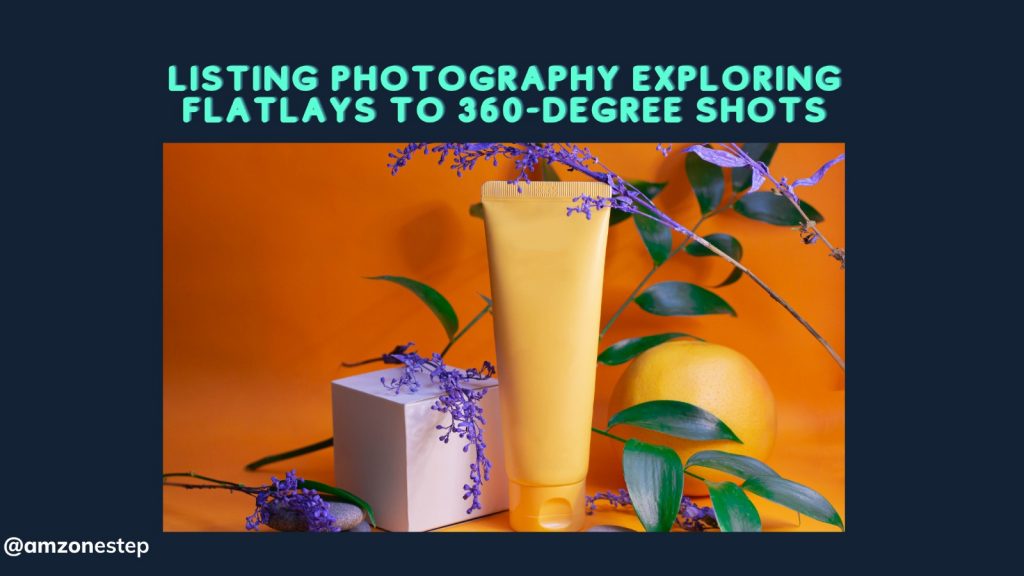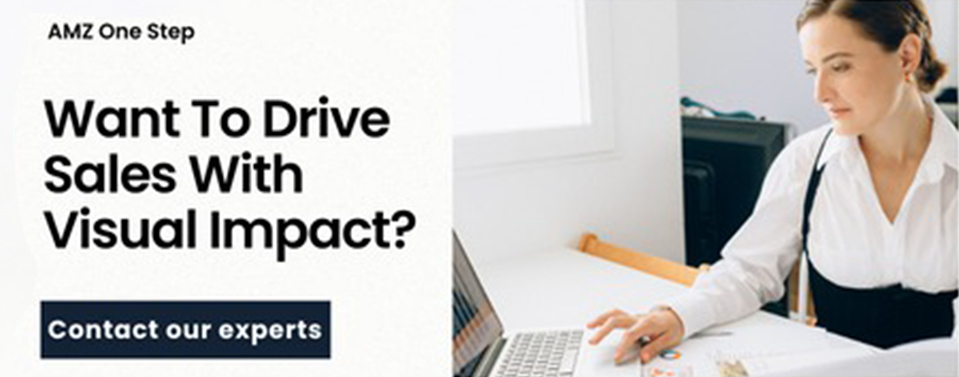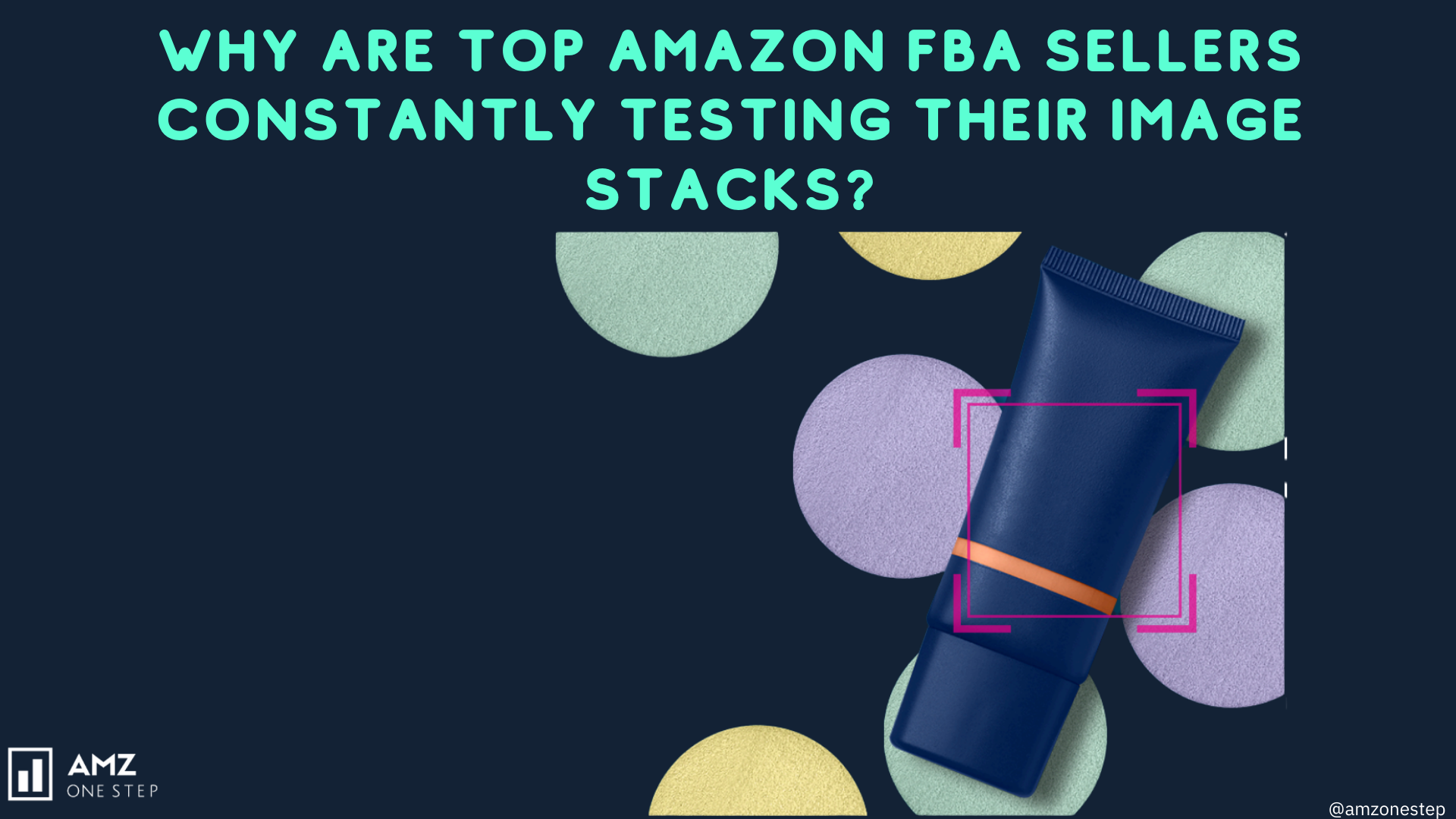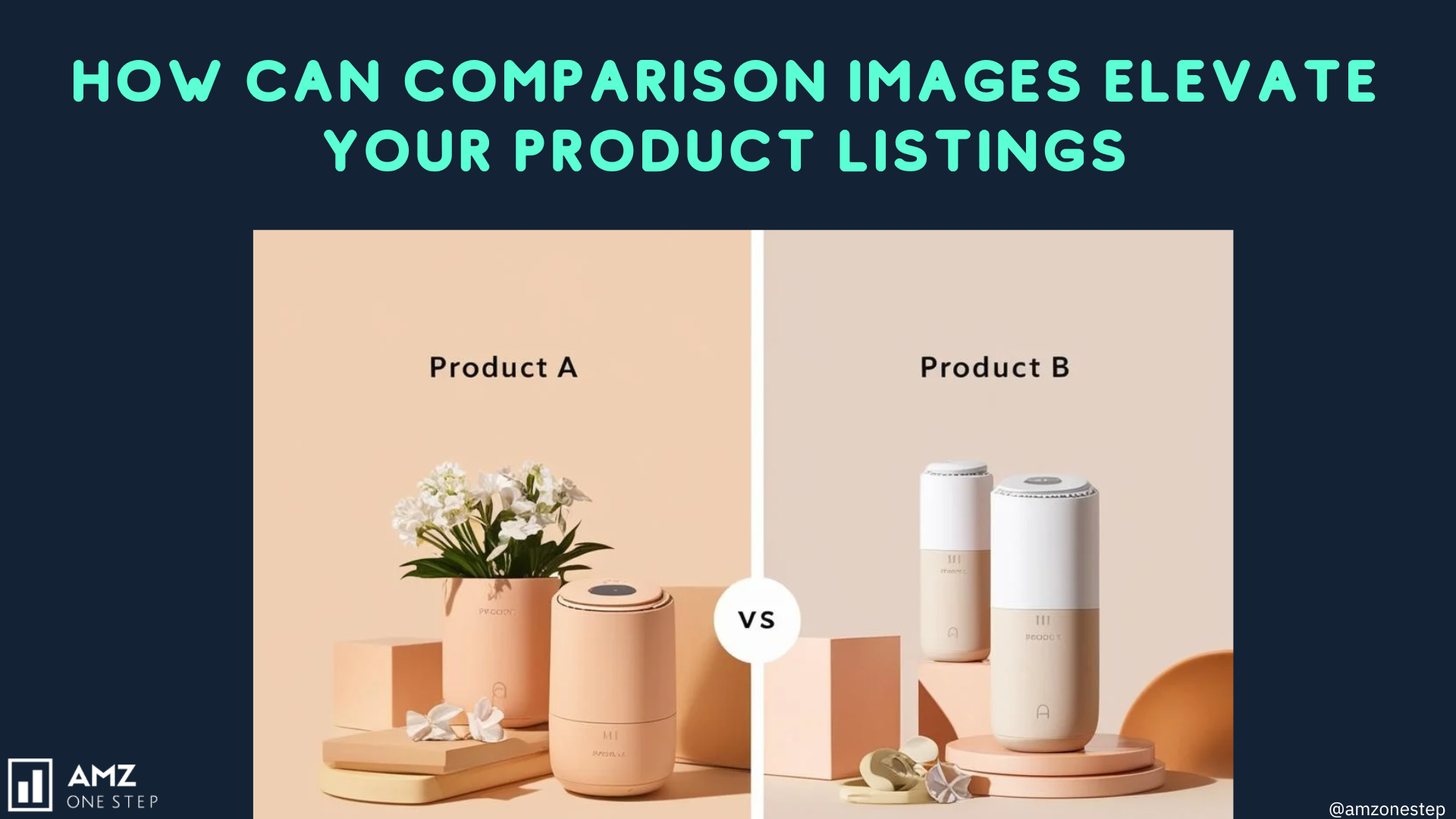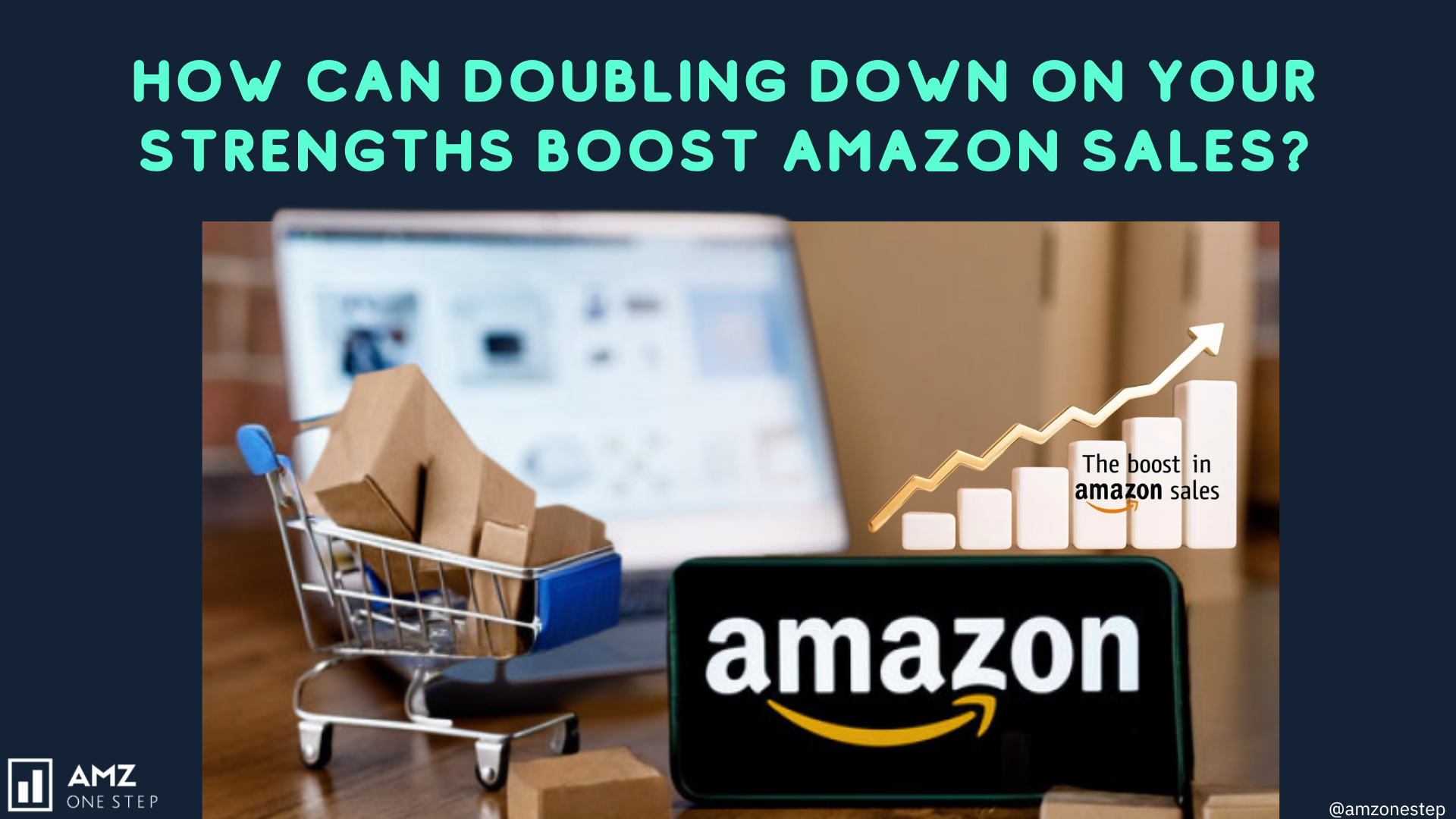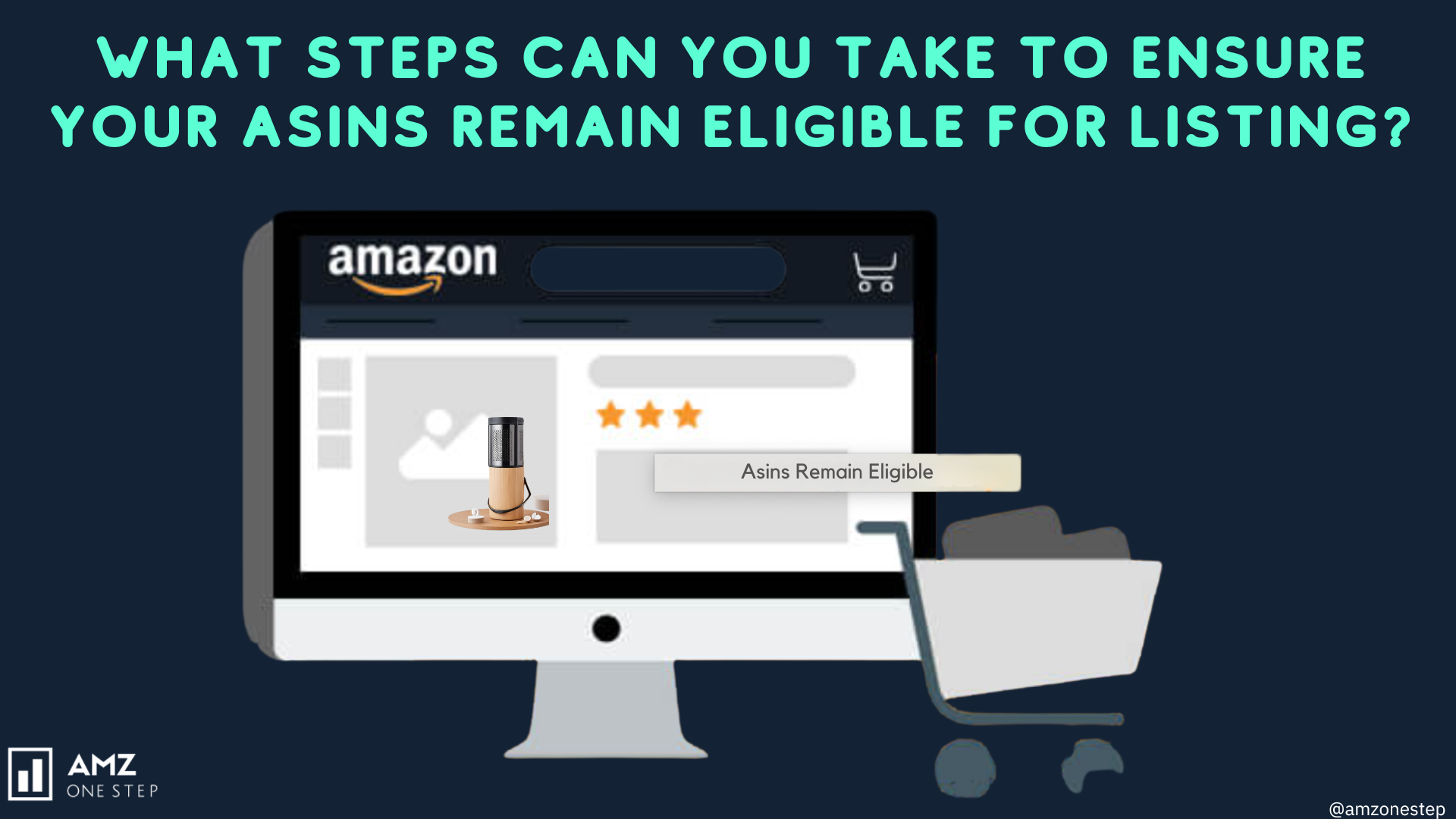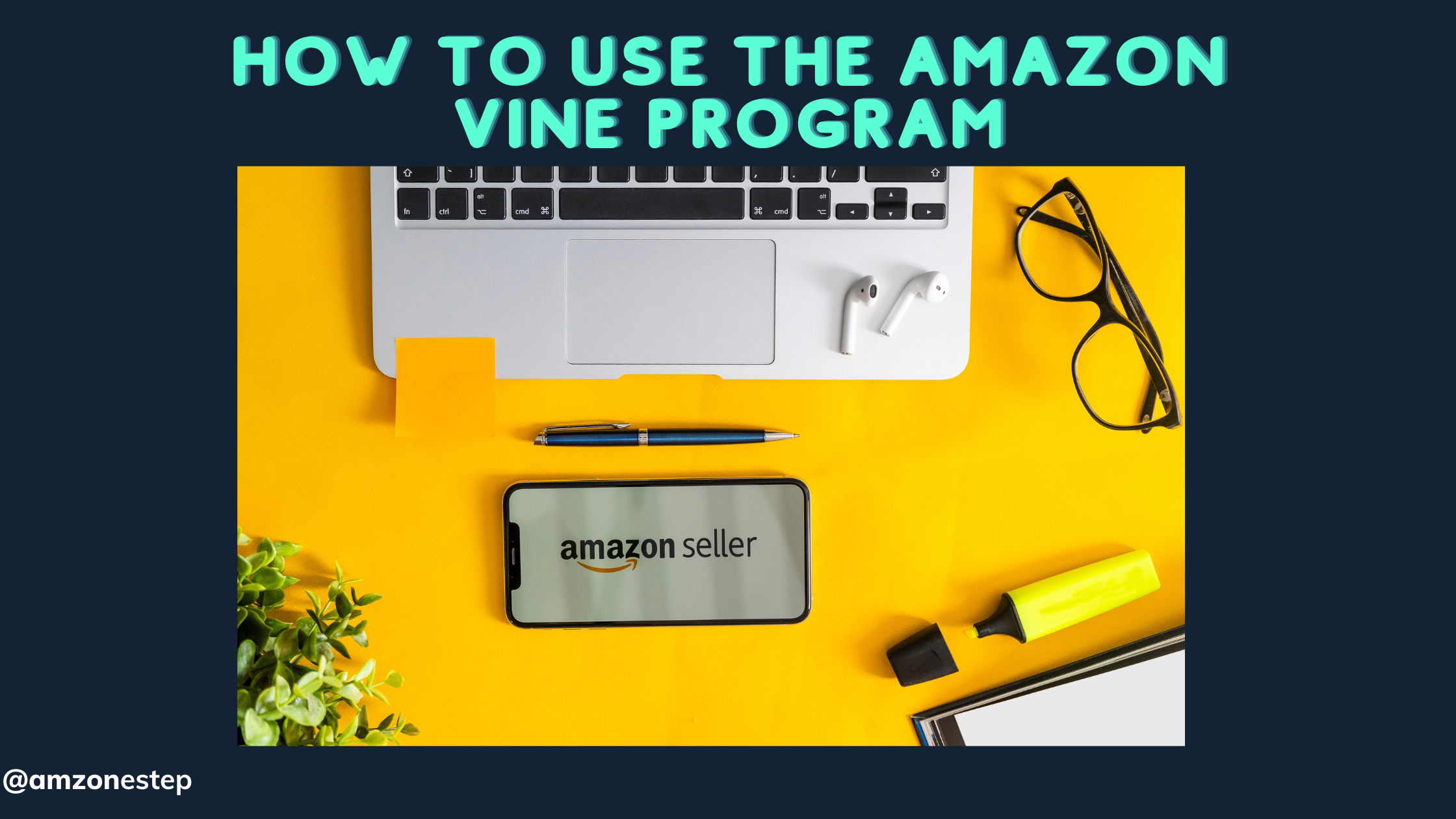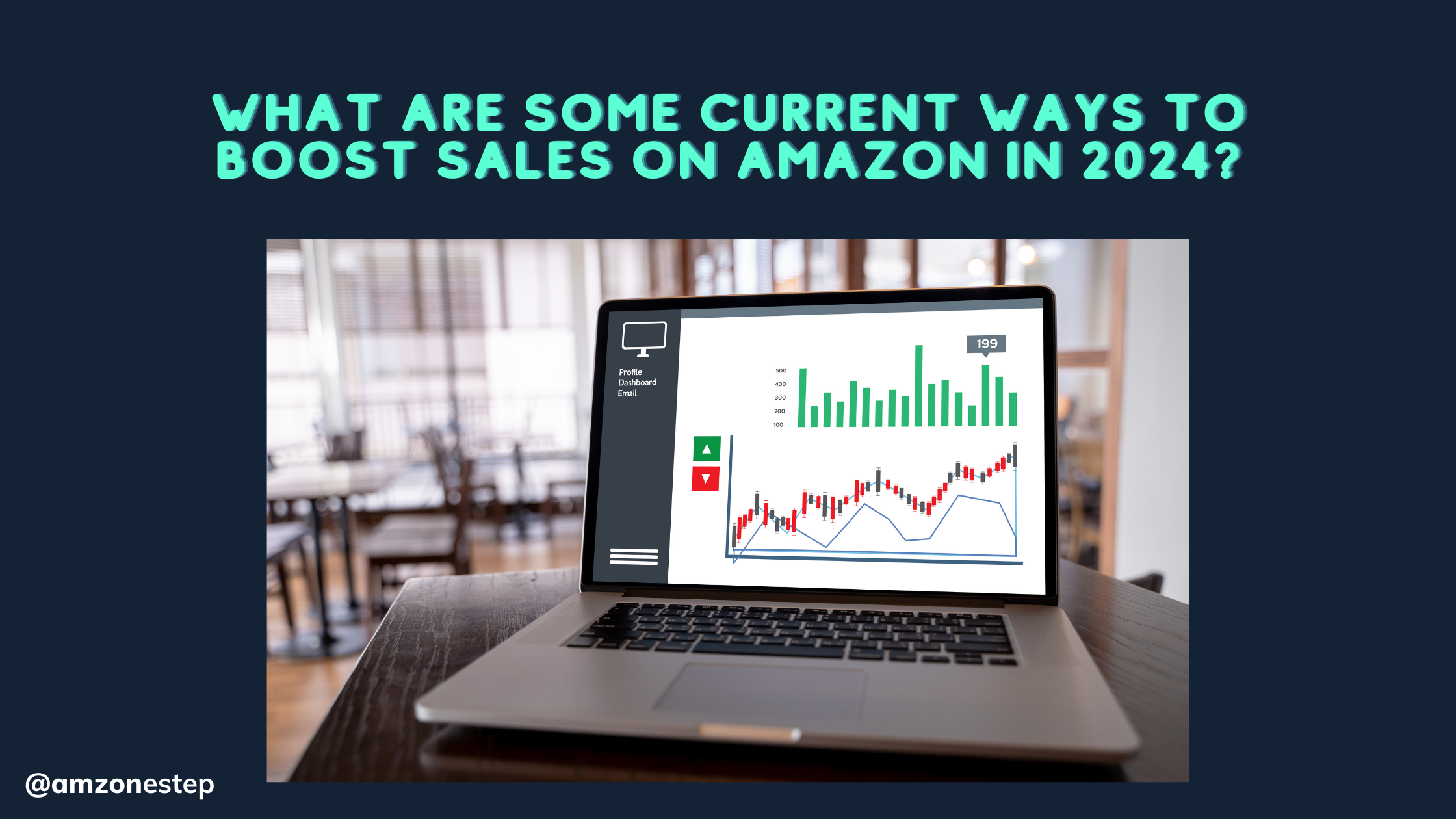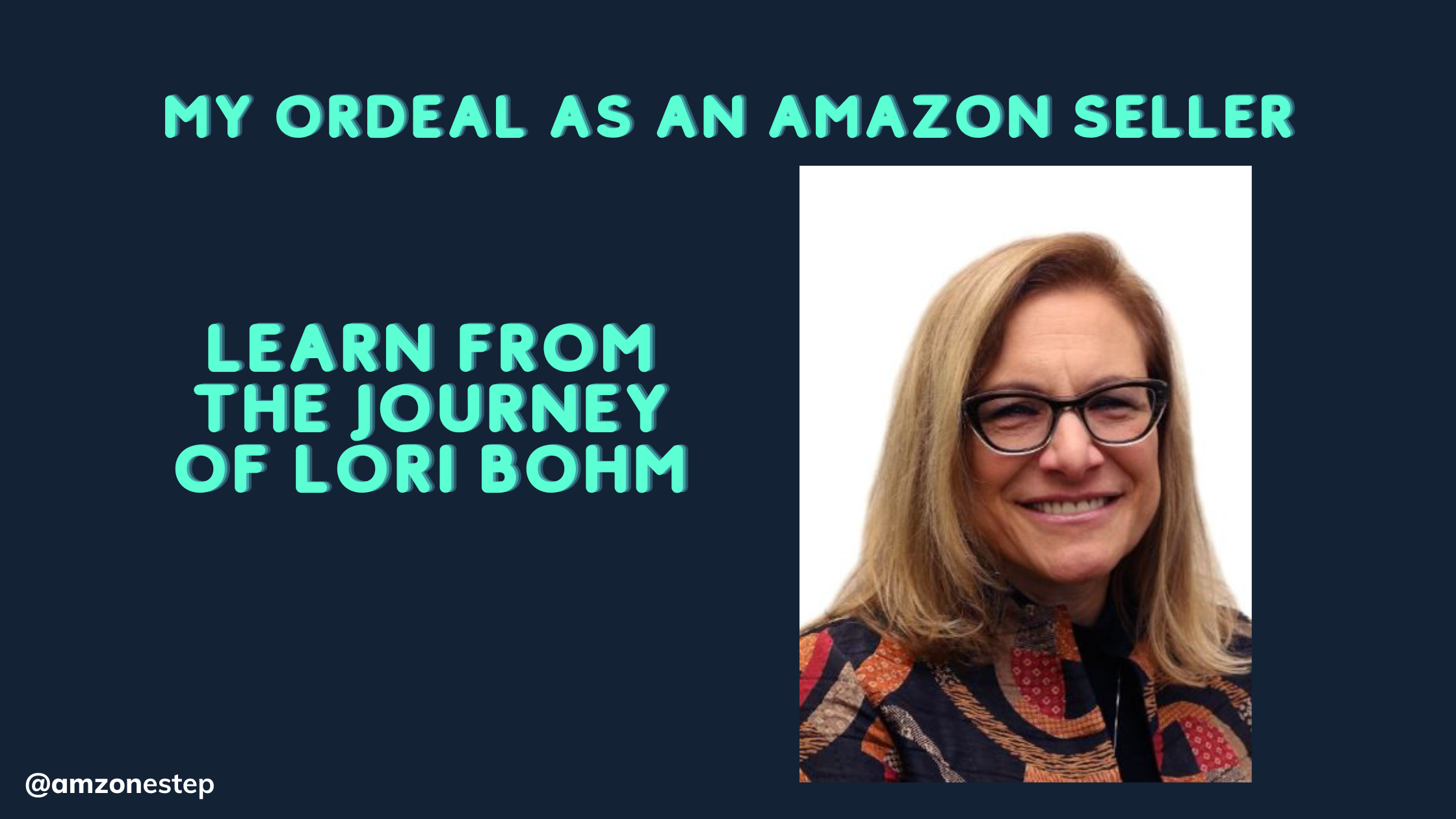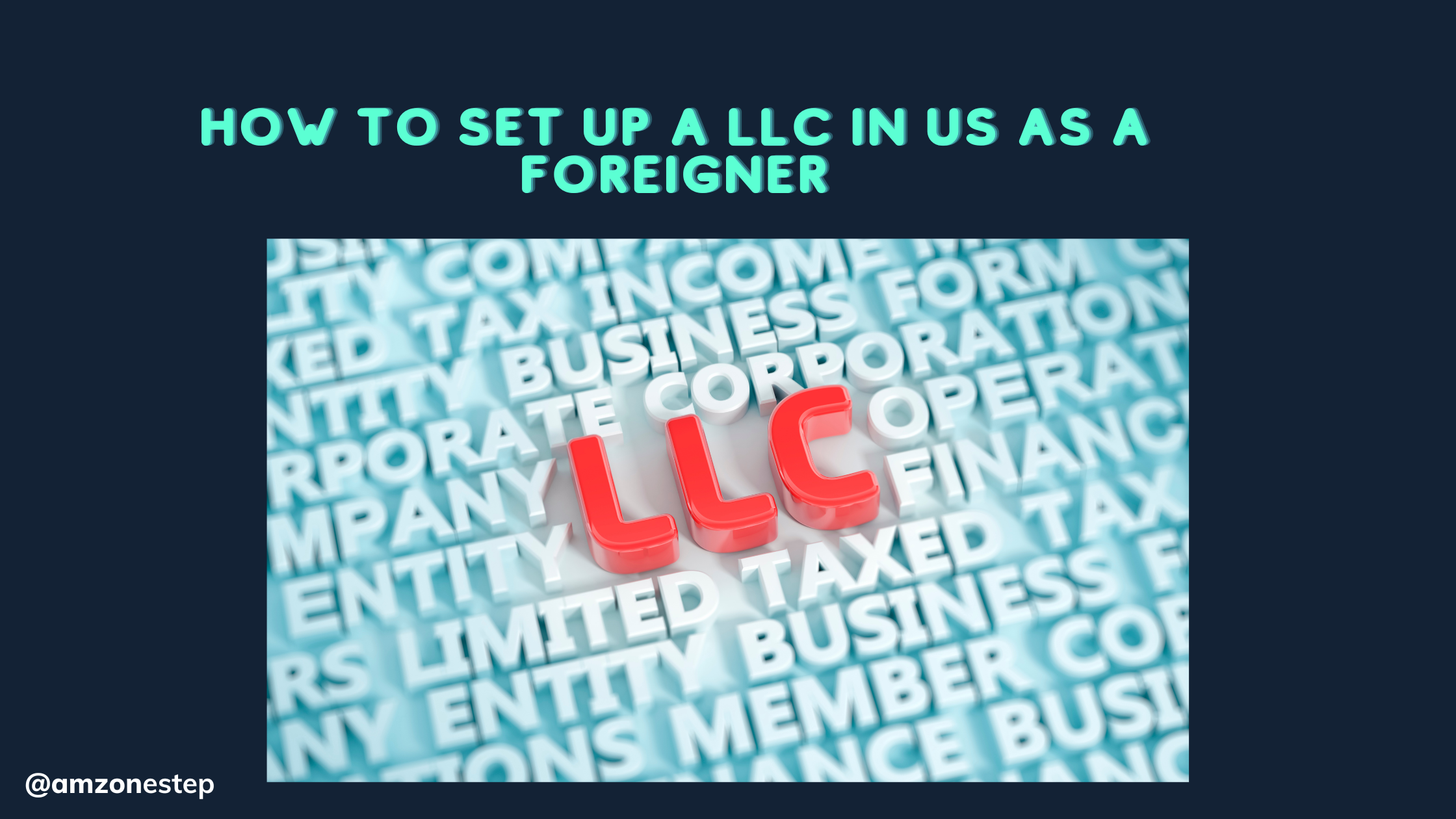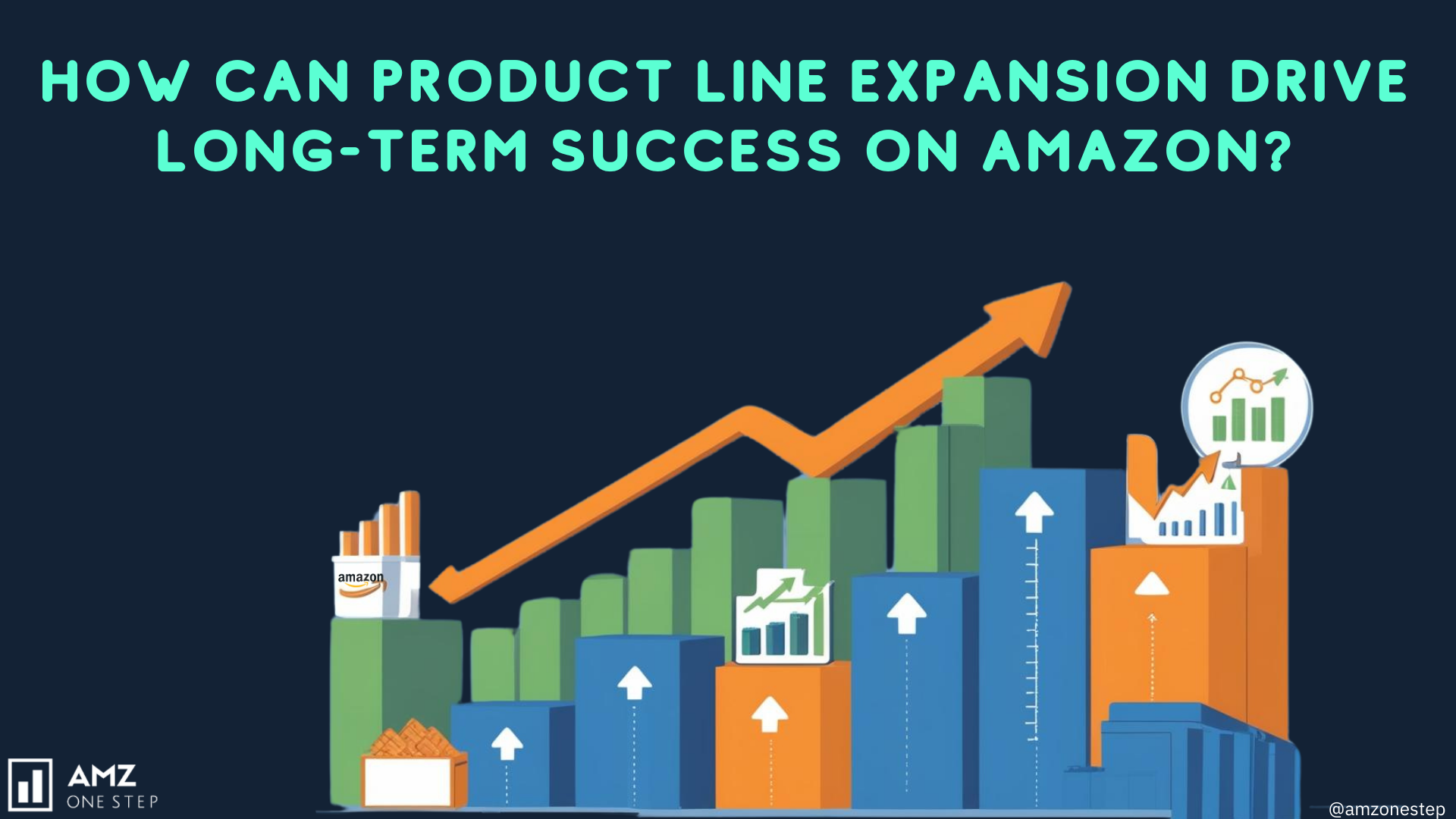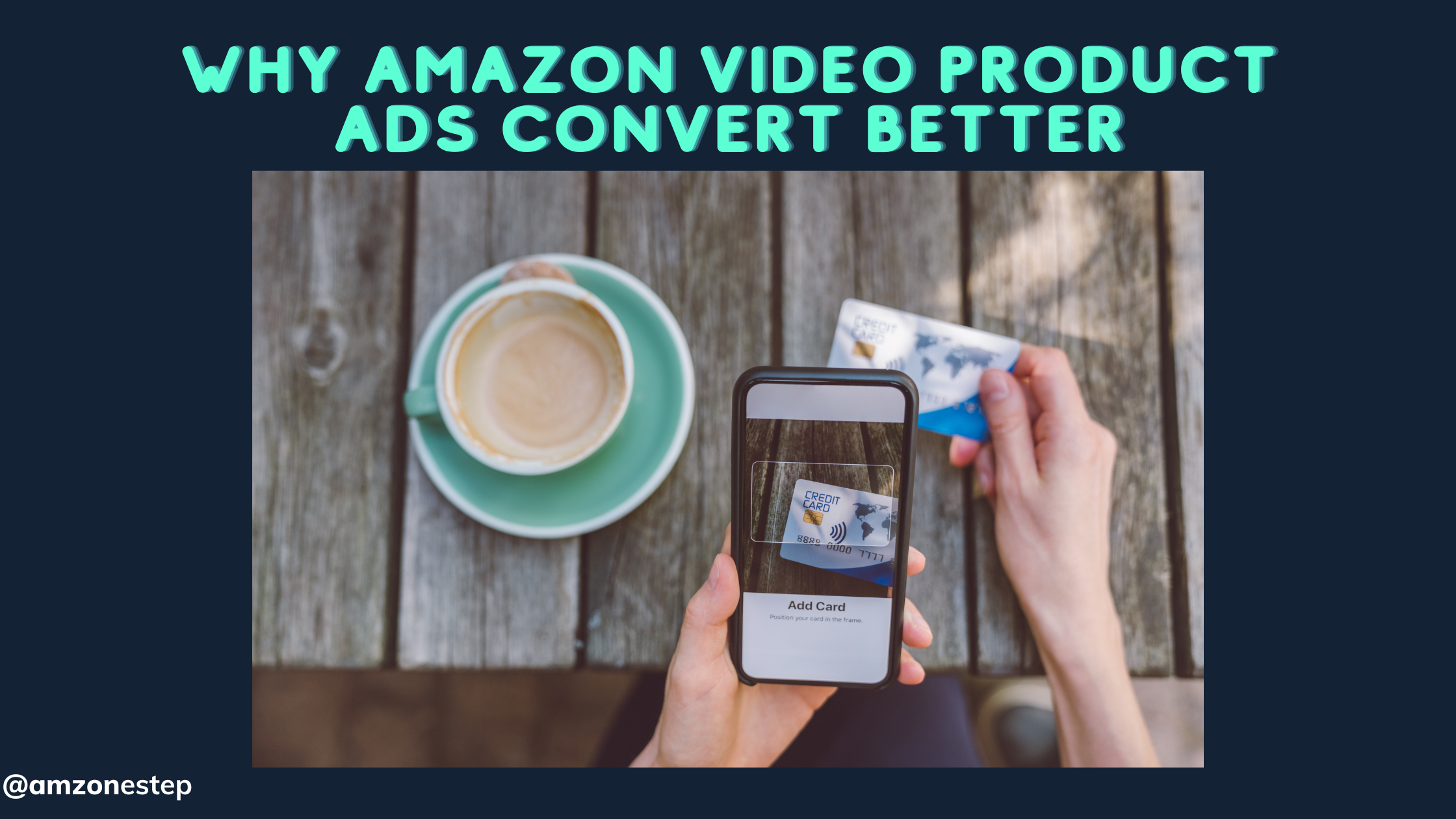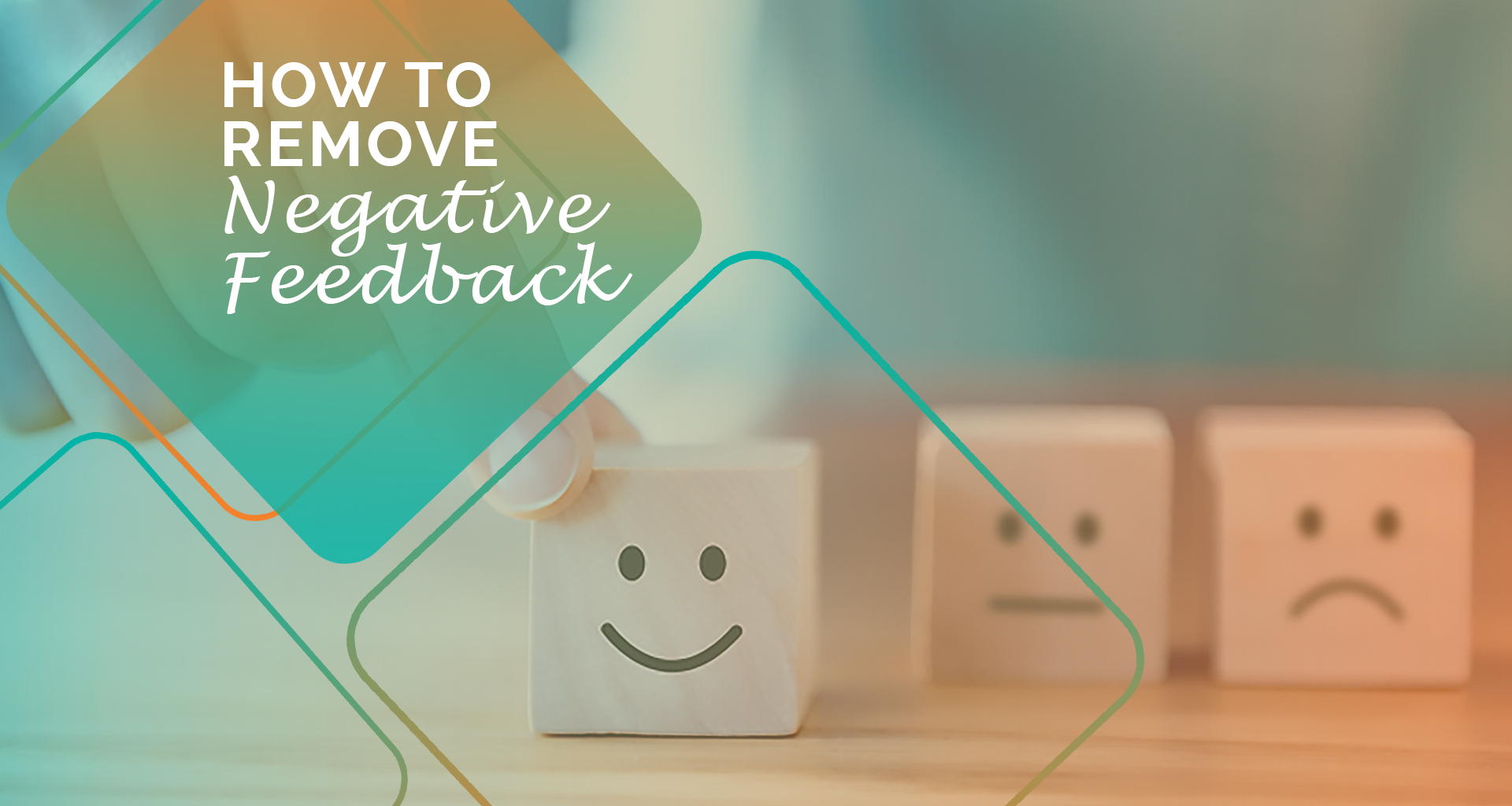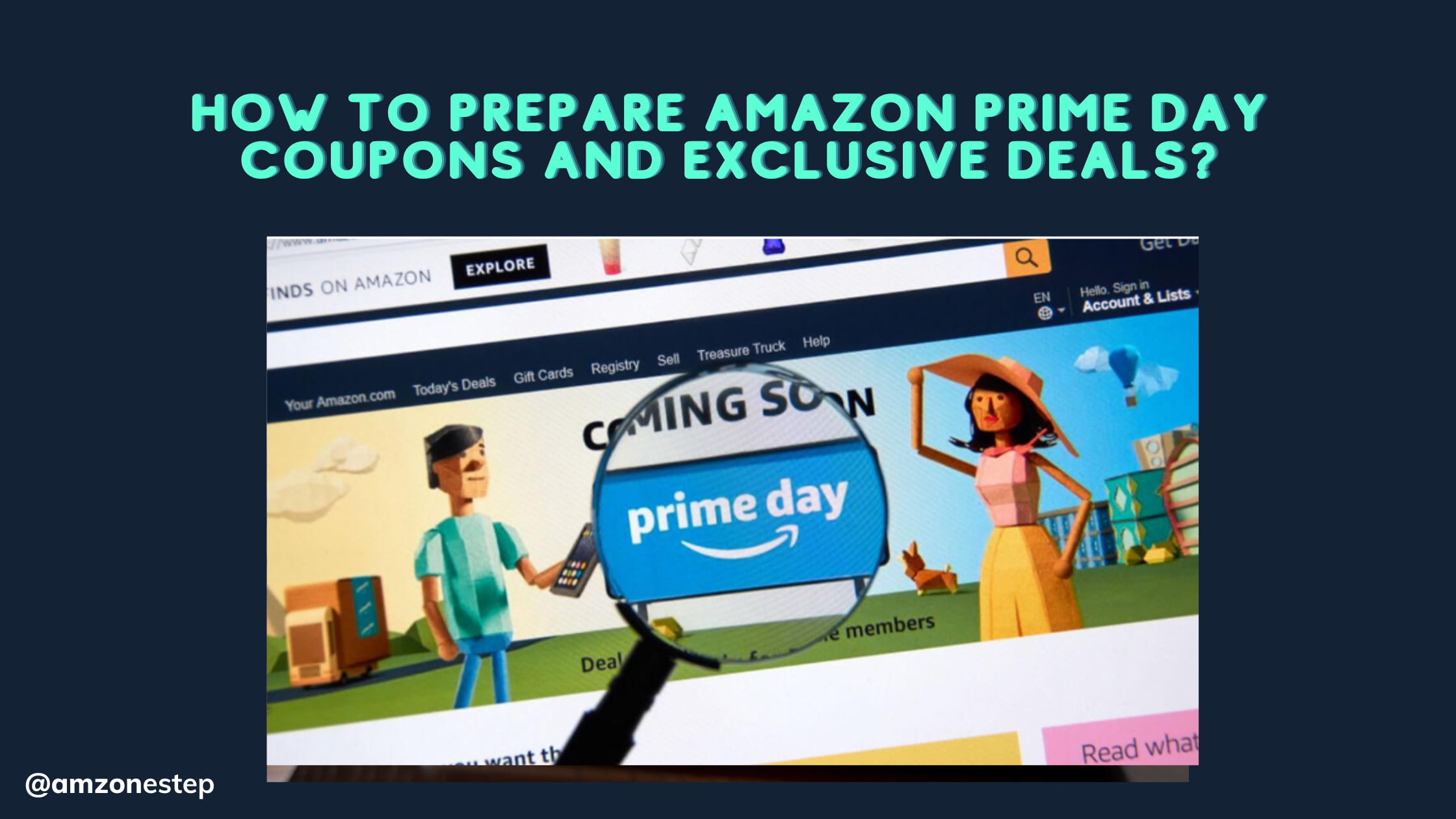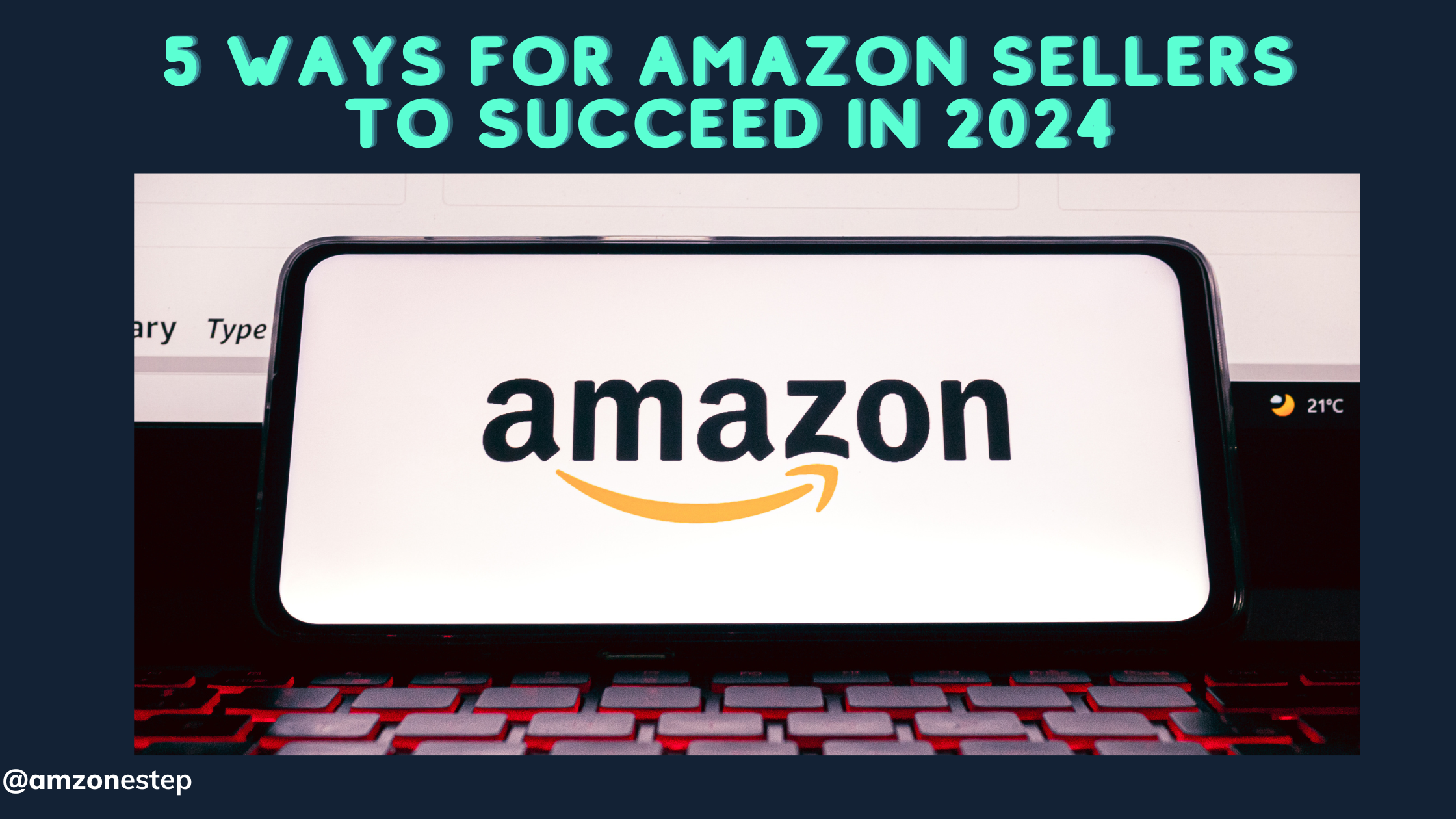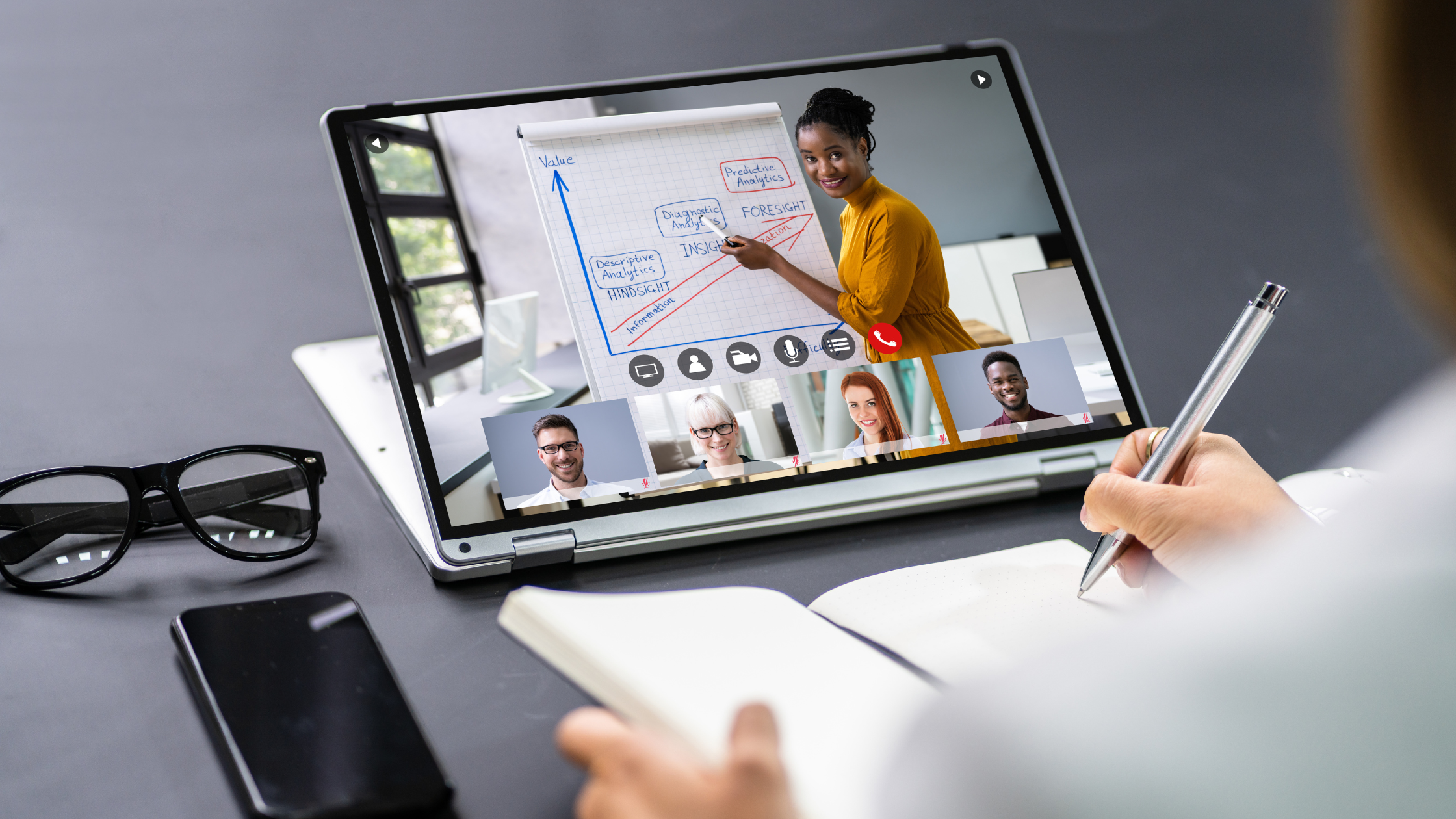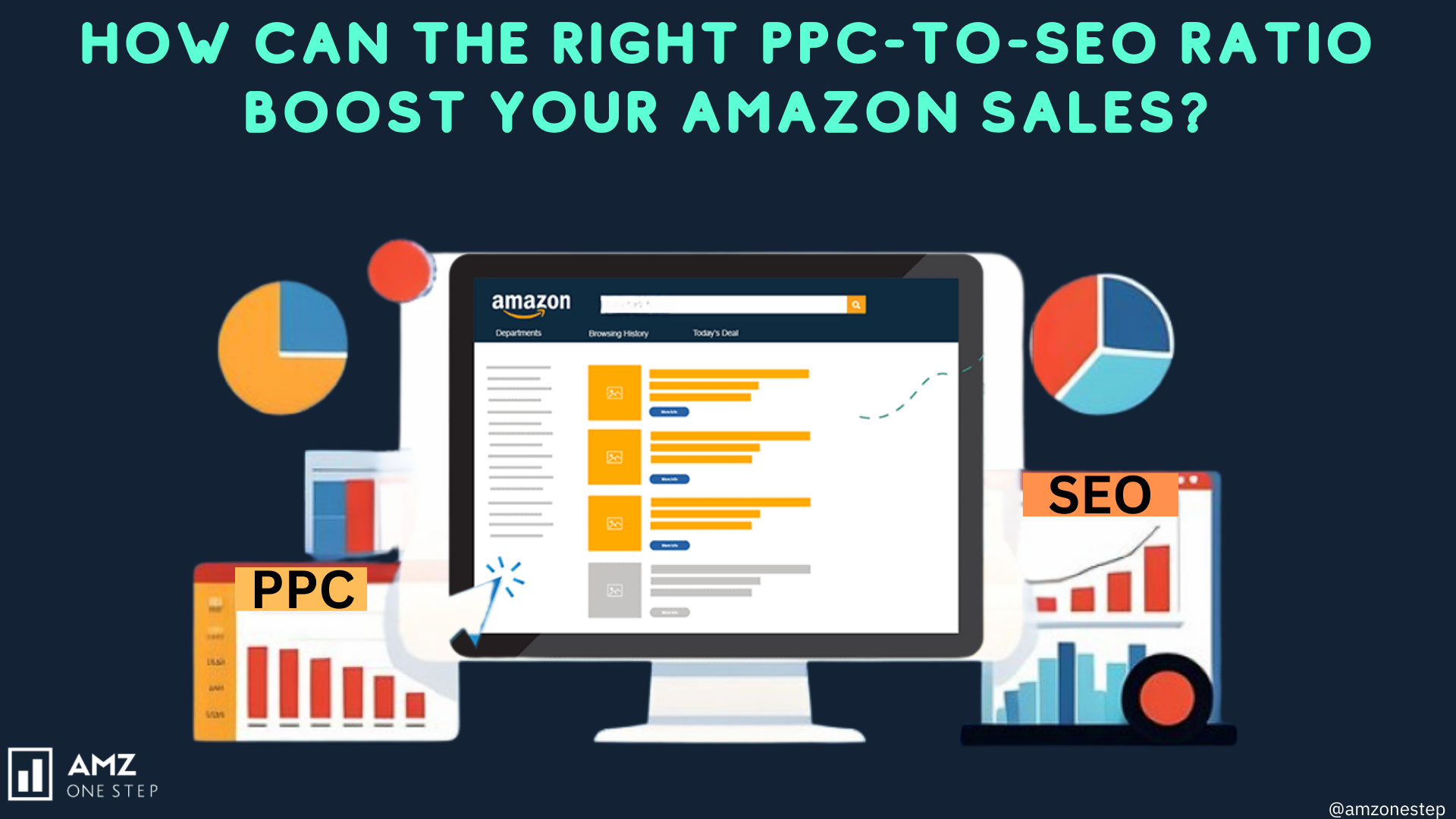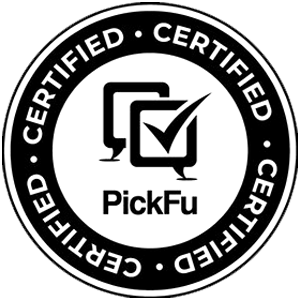Introduction
High-quality product photography is the differentiator in a highly competitive market like Amazon. Product visuals have a lasting impact on the buying decision, which makes it crucial to use different types of product photography to highlight your product in the best light possible. From flat lays to lifestyle shots to 360-degree views, there are various types of the product photography that Amazon sellers can use to showcase their products effectively. Whether you’re new to Amazon or an experienced seller looking to improve your product listings, this blog will help you understand the different types of product photography and how to use them to your advantage.
Types of Amazon Product Photography
We will cover six popular types of product photography, including flat lay photography, 360-degree photography, real-life environment photography, comparative photography, macro photography, and white background photography. Each type of photography has unique advantages and can be used to highlight different aspects of a product. Understanding every photography type will help you determine what works best for your products. Amazon product photography tips will elevate your Amazon product listing images.
Flat-Lay Product Photography
Flat-lay photography involves arranging products on a flat surface and shooting them from above. It is a great way to showcase a product’s details, texture, and color, making it an effective tool for attracting customers and driving sales on Amazon. The careful arrangement of products can create a high visual appeal, affecting the buying decision. Flat-lay photography is versatile and can be used for many products, including clothing, accessories, and food.
When Is It Useful?
Flat-lay photography is ideal for flat products such as clothing, accessories, cosmetics, and jewelry. It allows you to showcase a product’s unique features, such as intricate patterns, textures, or designs, by arranging it in an attractive and visually appealing way.
Flat-lay photography is perfect for products needing soft lighting. You can control lighting easily on a flat plane. It is ideal for products requiring a more subtle, artistic approach. Additionally, you can carefully compose the shot to create a visual balance.
When Is It Not Useful?
Avoid using flat-lay photography for bulky, irregularly shaped items. It cannot capture the 3D details of such an item. Some products may require a more dynamic angle or perspective to showcase their best features, such as products with shapes or curves. In such cases, flat-lay photography is not ideal. Many products are unsuitable for the flat plane. Therefore, flat-lay photography has several limitations and is suitable for small, flat objects. As an Amazon seller, you must recognize cases where flat-lay photography cannot generate positive results.
Insider Tips
- A DSLR camera is best for flat-lay photography.
- Leave space in the photographs for graphics and editing.
- Wooden backgrounds or vinyl backgrounds work best in flat-lay photography.
- Use composition principles to create a visual balance.
- A window is perfect for lighting flat-lay shots. Use a net curtain if there is too much light.
Here are some more tips for you: 7 Creative Amazon Product Photography Ideas To Stand Out
Comparative Product Photography
Comparative product photography is a valuable technique that involves displaying two or more product visuals side by side to help customers understand the real-life dimensions of a product. It is essential for products with multiple sizes or colors, as customers can become confused or uncertain when shopping online. Placing the product alongside a hand or other real-life objects provides a better idea of the dimensions. It helps buyers understand if the advertised item is too big or small. Comparative product photography is essential for building customer trust through accurate size advertisements.
When Is It Useful?
Comparative product photography is necessary for small items such as tools and components. It is the best option whenever size is a key issue. Mostly it is used for small items to avoid confusion and portray the correct product size.
Small electronic devices, jewelry, and multiple other small items require comparative images. Otherwise, the customers are confused and unsure about their purchase decision. Therefore, you must always upload comparative images when selling these items.
When Is It Not Useful?
Comparative product photography serves no purpose if the product has no variations or it has a universal size. Hence, it is not always a good decision to utilize comparative images. Buyers may get confused if you needlessly upload these images when they are not required. Do not go for comparative product photography when working with big objects.
Insider Tips
- Use a scale or human hand alongside the product.
- Minimize the background noise.
- Always pick contrasting objects.
- Mention the real size alongside the visuals.
Click Here to View More Awesome Amazon Product Images
Lifestyle/Real Environment Product Photography
Real-life environment photography, or lifestyle photography, is a powerful tool for Amazon sellers to create a sense of aspirational lifestyle around their products. It is effective for capturing the buyers’ attention and creating a desire. Products are shown in real-life settings where models use them to solve problems. These visuals convey a strong message and show the buyer how to improve their lifestyle with the product. For example, a photo of a person wearing a piece of clothing while walking in a park can give customers a sense of how the outfit would look and feel in an outdoor setting. Lifestyle photography helps to tell a story about the product, such as showcasing its versatility. Professional product images always include a lifestyle element.
When Is It Useful?
Household products, clothing items, beauty products, and cosmetic accessories are some of the products that are most suitable for real environment photography. These products sell a state of mind to customers, and visuals are necessary for conveying the state of mind. Hence, any lifestyle product requires lifestyle photography. Amazon sellers can increase their appeal and differentiate themselves with outstanding lifestyle photography.
When Is It Not Useful?
Real-life environment photography may not be as useful for products that do not have a strong lifestyle component or that are less visually appealing. Industrial or technical products do not require lifestyle images. Skip lifestyle photography when capturing non-lifestyle products and components. High-quality product photography does not solely rely on real-life settings.
Insider Tips
- Hire models according to the product. Try different models and combinations.
- Arrange the real-life setting according to your target audience.
- Models should resemble your target audience.
- Rehearse lifestyle photography before the actual shoot.
Macro Product Photography
Macro product photography refers to taking extremely close-up photos of a product, focusing on its small details and textures. It is necessary for showcasing intricate details such as stitching, embroidery, or other patterns. Close-up shots highlight the craftwork, product quality, and customer trust. It is also ideal for highlighting minor flaws or imperfections that may not be visible in other types of photography. Many Amazon product listing images utilize macro product photography to highlight the product material. It is used in the EBC for explaining features that are not as visible as others.
When Is It Useful?
Most professional product images need macro product photography. Regardless of the category, this is essential for listing photos and Enhanced Brand Content. Sellers cannot ignore macro product photography because most competitors show detailed close-up shots of their items. Beware that close-up shots require significant editing and should not be uploaded without additional details. We recommend using macro product photography regardless of your product category.
When Is It Not Useful?
There are not many cases where macro product photography is not beneficial. If you are selling bottled products, close-up shots may be irrelevant. For example, a soda bottle does not require any close-up shots. Cleaning supplies and other low-detail products also do not require close-ups. Hence, macro product photography has some limitations, but in most cases, it is necessary. A helpful tip is to analyze if your product has any features that can be zoomed in. If not, stay away from macro product photography.
Insider Tips
- Macro shots work perfectly with clothing items.
- Use graphics editing to improve close-up shots.
- Do not use macro product photography for products in a bottle or container.
Read More: 5 Best Ways to Highlight Amazon Product USPs
360-Degree Photography
360-Degree product photography refers to capturing a product from every angle. Customers use 360 images to view the product from all sides. It lets buyers review the product from all angles, helping them understand its quality and functionality. With 360-degree photography, customers can rotate the image and zoom in and out, giving them a complete and immersive view of the product.
To create a 360-degree shot, a series of images are taken of the product from multiple angles. These images are stitched together to create a seamless 360-degree view that customers can interact with online. Many 360-degree product photography setups use a turntable to rotate the product during the shooting process.
When Is It Useful?
360-degree photography is perfect for products with intricate designs, such as jewelry, electronics, or furniture. Currently, it is underutilized due to its high cost. Huge items with details on all sides are perfect candidates for 360-degree photography.
When Is It Not Useful?
360-degree product photography is more expensive than other types. If you have a small budget, you should not use this photography type. More importantly, simple products do not require such expensive photography methods. It is only good if you have the money to experiment. Otherwise, we advise you to stay away from 360-degree product photography.
Insider Tips
- Consider the cost before using 360-degree product photography.
- Analyze if your product even needs this type of photography.
- It is unsuitable for small products.
See Creative Amazon Visuals: 99 Best Visual References For Your Amazon Listing
White Background Product Photography
White background product photography is a necessity on Amazon. The platform requires sellers to upload at least one image with a white background. It can be your hero image because the white image is the only one customers see on the search page. The anchoring effect from the white photo is powerful enough to change the buying decision. When working on Amazon product listing images, allocate 70% of time and effort towards perfecting the white picture. White background images can even increase sales of a poor product.
When Is It Useful?
White background photography is beneficial for simple products that do not require any context or real-life setting to showcase their value. It is also an ideal option for brands with a minimalistic aesthetic. The clean look of the white background reinforces the brand identity.
When Is It Not Useful?
There is no case where white background product photography is not useful. Sellers always need at least one white background image. Therefore, there is no situation where you need to forget about the white background product photography. More importantly, you should always focus on these images no matter what product you are selling.
Insider Tips
- Appealing main images leads to more conversions and CTR.
- Extensive editing, retouching, and finishing are necessary for creating the perfect white image.
- Spend 70% of your time on the white image and 30% on the rest of the listing images.
Click Here to See Our Amazing White Background Product Photography Portfolio
Conclusion
Each of the six types of product photography we explored in this blog, including flat lay photography, 360-degree photography, real environment photography, comparative photography, macro photography, and white background photography, offers unique advantages that can help to increase product visibility, customer engagement, and sales. By understanding the benefits of each photography type, Amazon sellers can choose the most suitable option to showcase their products and gain a competitive edge in the crowded marketplace. Hopefully, our product photography tips will make a lasting change to your business.
How High-Quality Product Photography Affects CTR: The Complete Guide To Amazon CTR (Click Through Rate) With Examples

Hi there! I’m the content marketing and branding specialist for AMZ One Step. I work hard to create engaging and informative content that helps our readers learn more about Amazon selling and how to make the most of their businesses. I love spending time with my family and exploring literary works when I’m not writing or working on projects.
